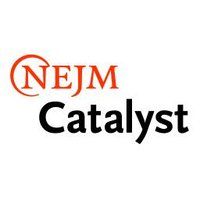
Waymark
@waymark_care
Public benefit company providing community-based, technology-enabled healthcare services for Medicaid beneficiaries, in partnership with primary care providers.
ID: 1438562905306198016
http://www.waymarkcare.com 16-09-2021 17:58:34
191 Tweet
520 Followers
114 Following













Thank you to Marissa Plescia and MedCity News for their thoughtful coverage of the release of our peer-reviewed first-year results – and what those results mean for the future of Medicaid as so many states are seeing headwinds. More here: wymrk.co/3Nxhwtw




Traditional A/B testing is limited in finding why & how patients respond to different communication strategies. In a peer-reviewed study in npj Digital Medicine , we share how Medicaid programs can use LLMs to reliably personalize patient communication. More: wymrk.co/40RvxKJ



